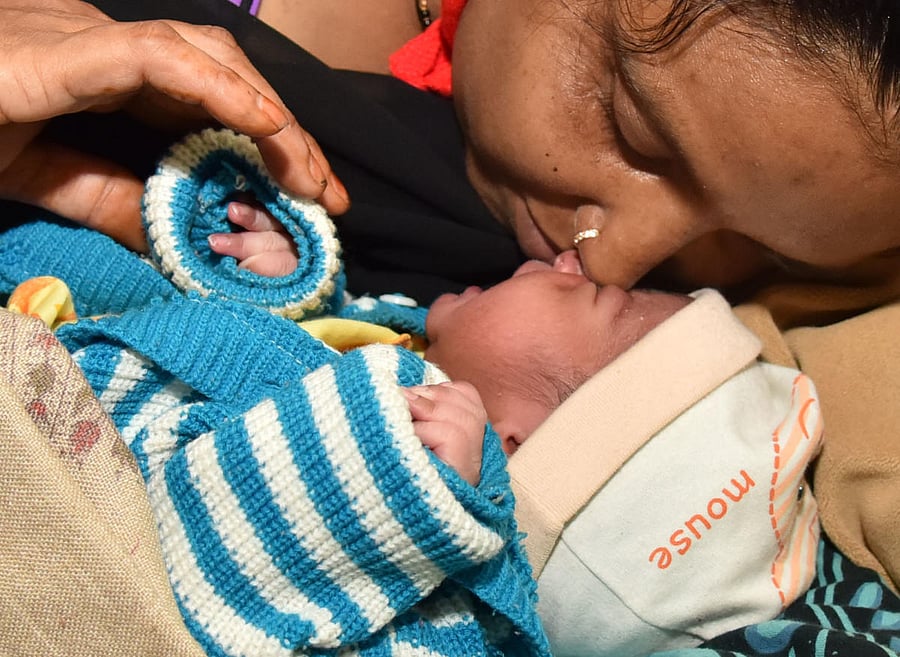
The falling sex ratio at birth in most parts of the country, as shown by recent official data, is a matter of serious concern. Data collated by the Registrar General of India from the civil registration system from 2007 to 2016 has shown that the ratio has seen a steep fall in many states. This is surprising, because till now a low sex ratio has been mostly associated with states like Haryana and Punjab. Southern states have especially maintained a healthy ratio, but the trend seems to be reversing now. Karnataka saw a steep fall from 1,004 in 2007 to 896 in 2016 and Andhra Pradesh from 976 to 806 during the same period. Andhra Pradesh shares with Rajasthan the worst sex ratio in the country. Tamil Nadu is now among the states with the worst ratio, as it finds itself sixth from the bottom among the bigger states. Its ratio has fallen from 935 in 2007 to 840 in 2016. The overall sex ratio in the country fell from 903 to 877.
These are troubling figures, and those from the South are especially worrisome. Southern states have achieved near 100% registration of births. So, it is unlikely that the fall is caused by failure to register the birth of female babies. But it has been noticed that the decline in 2016 was abnormally steep. That may show some problem with registration in that particular year. Even after conceding this, there is a declining trend from 2007 onwards. The authorities should ensure that such important data is correctly and accurately collected as it may form the basis for policy formulations. Southern states should pay special attention to this as they have a fairly efficient system and practices in place for this.
It is not a secret that the implementation of the Pre-Conception and Pre-Natal Diagnostic Techniques Act, which is meant to eliminate the chances of abortion of female foetus, is not very effective. The cases registered under the Act are also not prosecuted efficiently. The bias against the girl child is strong and there are many ways in which this is expressed. If the present trend continues, it will lead to serious social and economic consequences even in the near future. The sex ratio has been steadily falling in Karnataka since 2011, when it had shown about 98% registration of births. There is the need for action at government and other levels to reverse this trend. One hopeful sign from the figures all over the country is that states like Haryana and Punjab, which were notorious for low sex ratio, have improved their position. This should be sustained.
